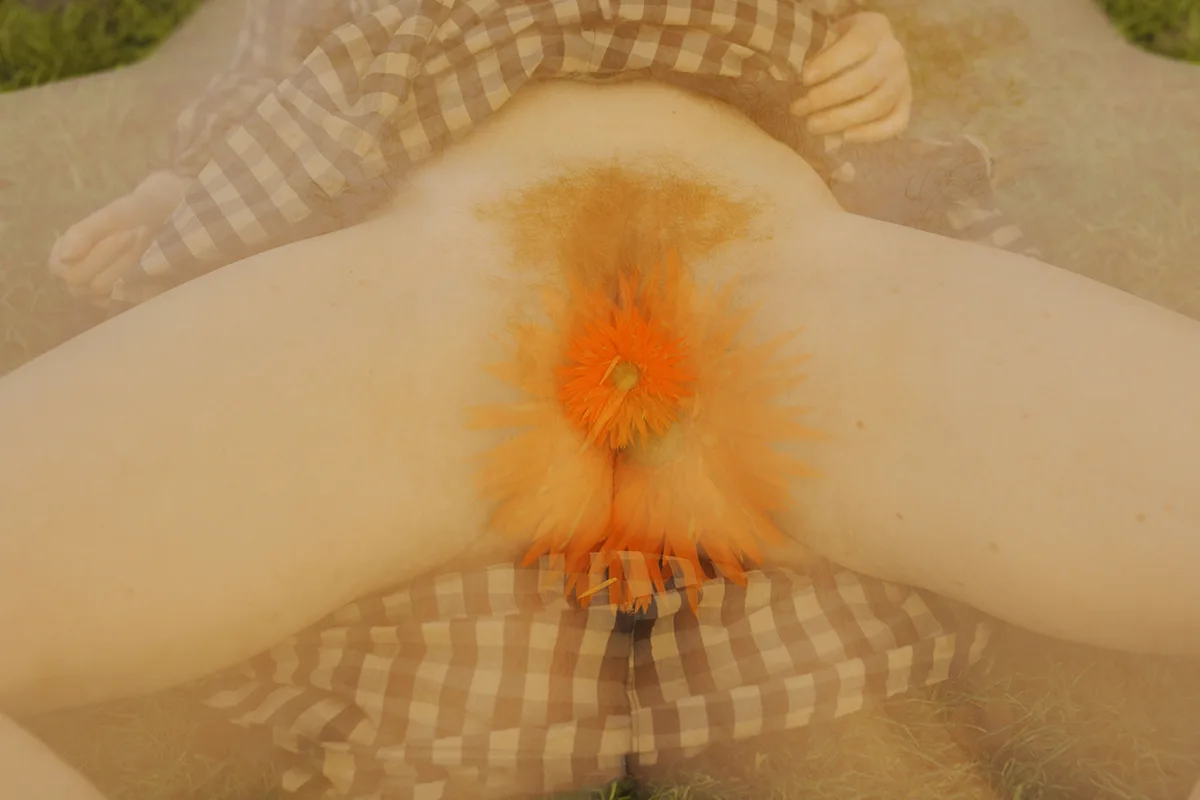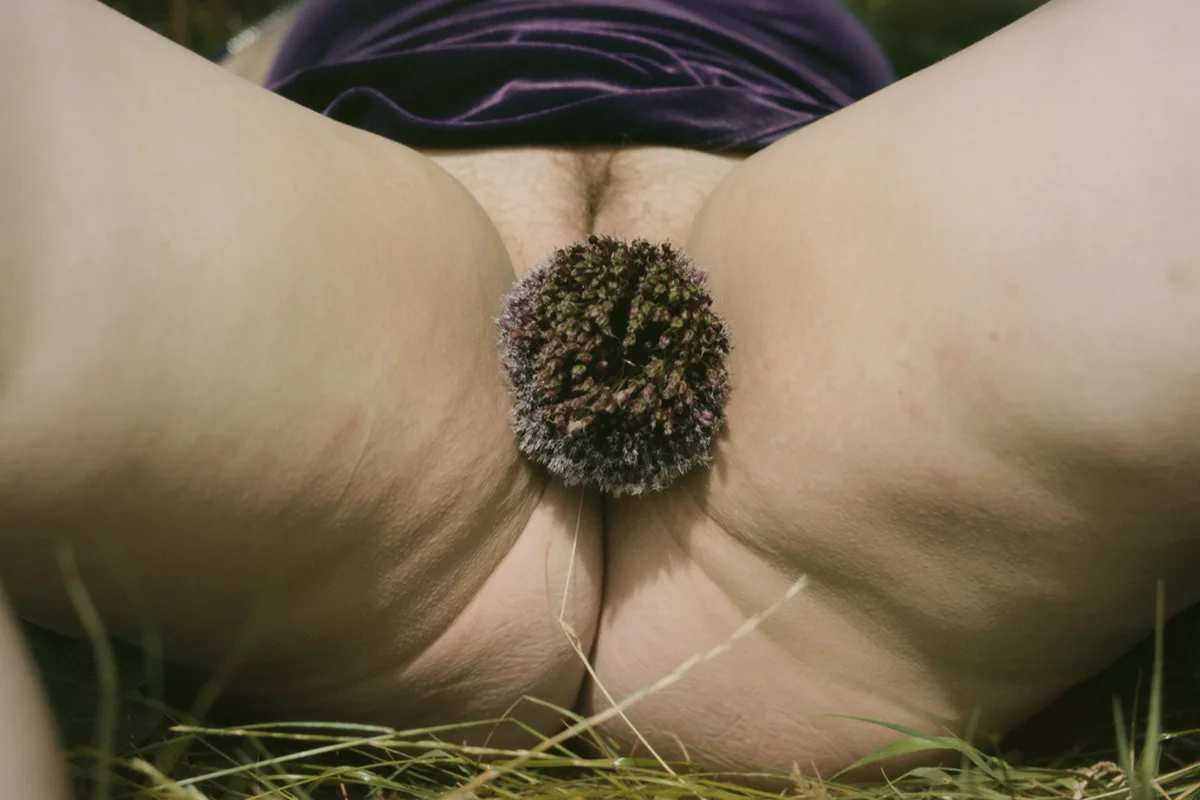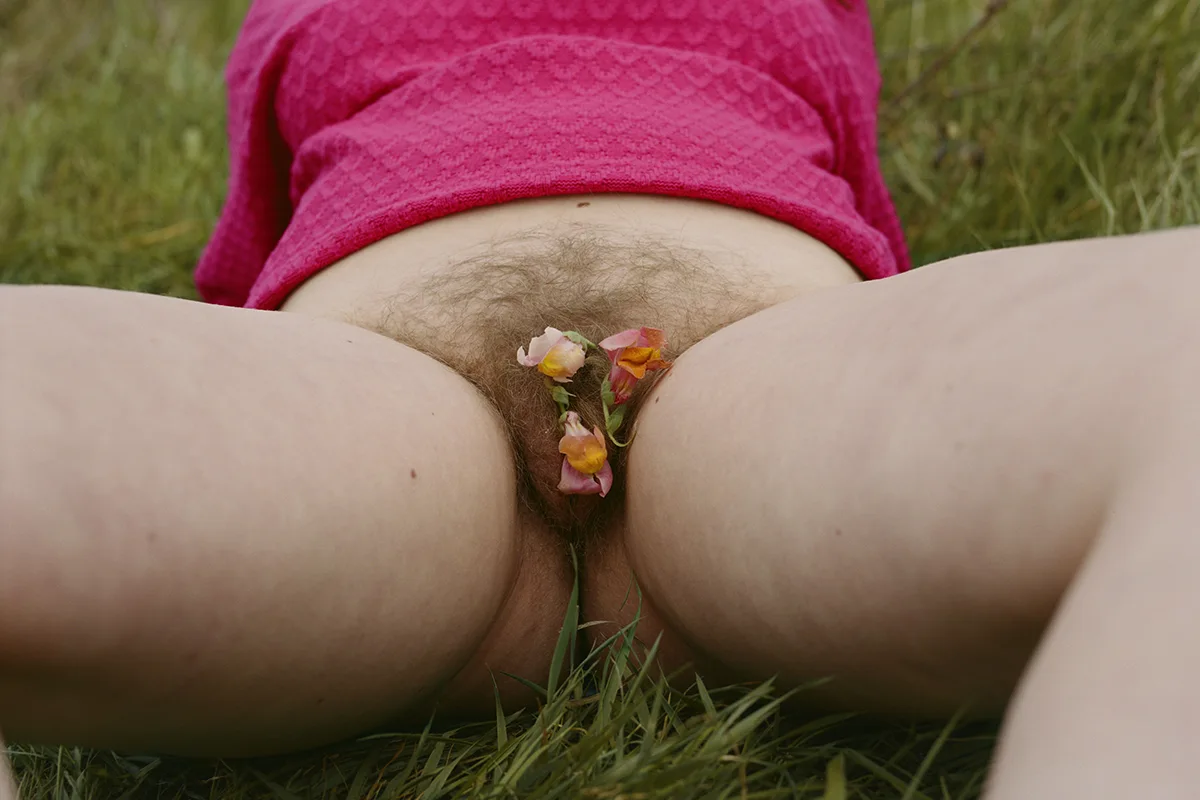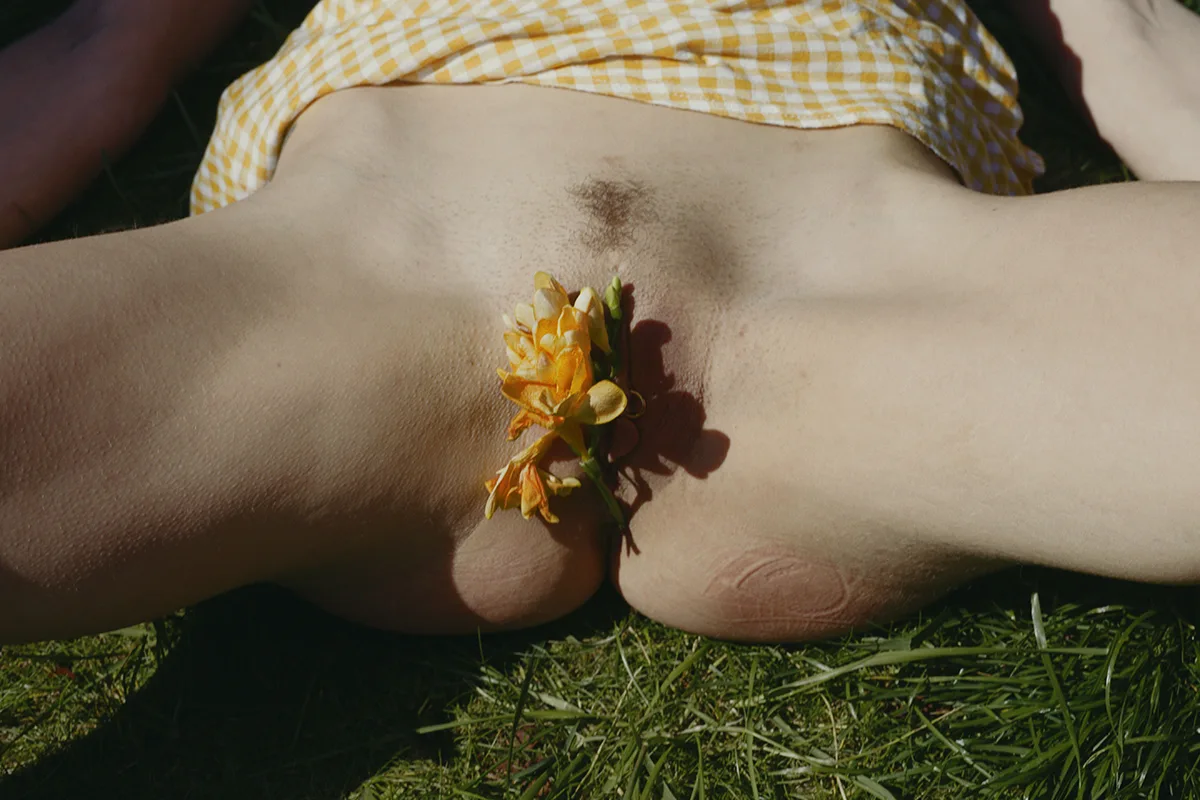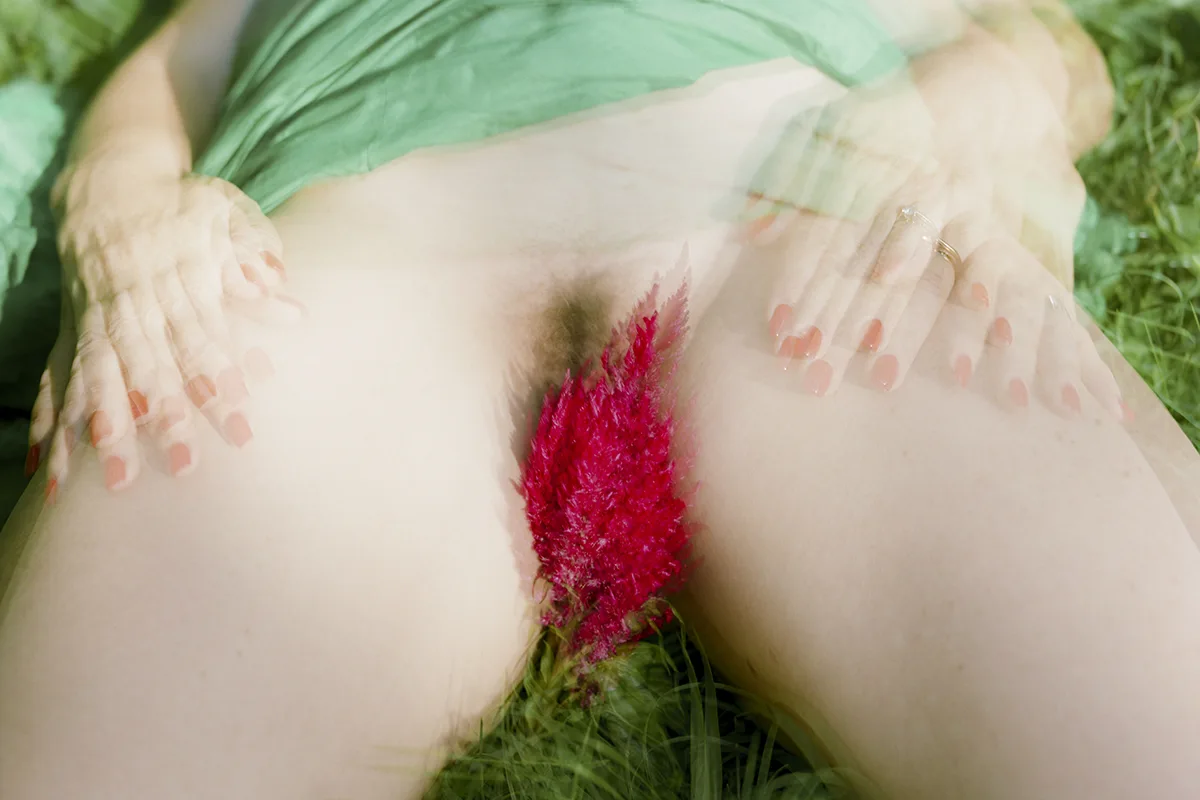Over seventy shots celebrating the vulva and subverting the biased canons of the representation of the female nude in contemporary society – Bex Day’s first photographic book
The representation of women in contemporary art and photography
«A lot has changed in terms of bias and that female. Non-binary photographers are receiving more support than ever, but there is still work to be done». Last September, London-based photographer Bex Day announced the release of her first photography book featuring her latest series: PETAL. Day debuted at Have A Butchers, a London gallery which offers a combination of bibelots, art books, and fine art prints and organizes exhibitions and events with a focus on photography.
«Misogyny is ingrained in our culture, our language, and women have to work so much harder to be respected and seen», Day continues. «The project provides an alternative perspective, showcasing individuals who have always embraced or are learning to love their vulvas, freeing themselves of the shackles of the negative impacts of a media culture that has been and still is biased». Through candid and unfiltered photographs, PETAL addresses this urgent need for a paradigm shift in how individuals perceive their own anatomy as they begin – or take up – their sexual exploration journey.
PETAL: Bex Day’s first photographic book is a visual interpretation of womanity
PETAL is a celebration of womanity through the representation of the vulva. Day’s project aims to subvert the toxic narratives surrounding female nudity and women’s genitals by focusing on the uniqueness of every vulva and thus, of every woman. «Inclusion was a key consideration in engaging a diverse array of participants – states the photographer –, encompassing different ages, races, genders, hair types, sizes, and shapes. The on-set experience presented challenges, often we shot the photos in local parks, a choice that occasionally raised eyebrows but thankfully avoided any legal issues».
Nude art in history: from classicism to today
The evolution of the history of the artistic nude is parallel to that of the history of art in its generality – according to the level of acceptance of nudity of the various cultures and civilizations which have followed one another. From painting to sculpture, from photography to cinema, the nude has fascinated artists of every era and expressive technique. In the West, the nude has often been associated with eroticism, but for example in Ancient Greece it took on various meanings linked to religion and mythology.
For the great monotheistic religions, the naked body has instead proven to be a source of shame – especially the female body. Only the advent of the Renaissance marked a return to classicism and the artistic nude. In recent times it has become a tool for investigating gender relations; feminism has in fact criticized the use of female nudity as an objectification of the woman’s body and a consequence of Western patriarchal societies. «I think it is far more common to see large scale paintings or photos of penises but there are rarely close ups of vulvas, particularly large-scale ones – which is what I wanted the exhibition to encompass -, that aren’t sexualized or objectified thus illustrating one of the many problems», claims the photographer.
PETAL celebrates the emancipation of womanity
Today more than ever we are witnesses of the objectification of the female genitals and of the human body in general. The pornography industry has contributed to creating toxic narratives related to womanity in the sexual sphere and to setting unrealistic standards. Activists and artists, like Day, promote female empowerment through genuine and realistic representation, inviting women into free, intimate sexual exploration.
«The project seeks to bring together individuals who identify as female, non-binary, and female-identifying by highlighting the commonalities in their anatomies, shifting the focus from perceived differences. It began as a discourse in retaliation to the derogatory language related to the vulva, the issues with censorship that are so entangled with the vagina and the various negative words that are associated with it, first diminutive names like ‘flower’ and ‘foo-foo’ which then move to darker, swear words as we get older, such as ‘cunt’, ‘pussy’, ‘gash’», Day explains.
The uniqueness of the vulva – PETAL by Bex Day
PETAL is made up of over seventy shots in which each vulva is covered entirely or partially by a flower or PETAL which holds a particular meaning for the subject. Each photo is accompanied by a short text written by the subject, turning the whole project into a platform for stories touching on a multitude of different issues such as rape, domestic abuse, victimization, inequality, and sex work.
Life moments, painful memories, poems, and personal reflections: for a woman flipping through PETAL it is impossible not to identify with at least one of these stories. Women’s bodies have been abused, manipulated, and hurt in so many ways and for so long that, although the personal experiences lived by women throughout their journey of sexual exploration differ from each other, they all share some similarities.
Womanity: the symbolism of flowers in female sexual representation
Digitalis, zinnia, poppies, orchids, hydrangeas, and many others. Some large and colorful, others small and discreet: the metaphor of the vulva as a flower is not only poetic and delicate – just like the nature of the flower itself -, but also apt. Flowers have long been associated with womanity – also due to anatomical similarities, as explained by Georgia O’Keefe’s when talking about her flower paintings, usually pigeonholed as vulvas, particularly by her husband Stieglitz. Throughout the history of art, literature, and mythology, they have been metaphorically used to represent the physical female body, and both its sexuality and chastity.
Females are even brought up to rename their private parts with “less obscene” terms like “flower’ and ‘foo-foo” and words such as “deflowering” are still widely used to refer to women’s first sexual intercourse. With these shots, Day manages to subvert this male-centric vision by forcing the viewers to confront femininity first-hand. «I also found it interesting that although flowers are often linked to women, they are actually mostly hermaphrodites biologically (90%); this was something I wanted to address by including non-binary communities within the works. […] Then historically, usually men painted women nude, and women painted flowers, in this way PETAL stubs out these gender norms, portraying nudes and flowers all in one. Ultimately, “PETAL” was a term of endearment my mother used for me. Thus, the book serves as a tribute to our bond», she adds.
In PETAL Bex Day up-roots contemporary rigid beauty ideals
With these emotional shots, Day eradicates pre-conceptions and ideals of beauty causing insecurities and unfounded fears in women. As with every part of the woman’s body, the vagina is also a victim of rigid aesthetic standards which try to convince us of what a “normal vagina” should look like. «I wanted to look directly into the body shaming of women, the representation of porn and how we are often made to feel inadequate due to the representation of vulvas. I had conversations with the subjects involved, which varied from porn stars to mothers to rape survivors».
In fact, despite feminist struggles and the apparent rejection of religious bigotry from Western society, the female nude is still a victim of censorship – on TV, on social networks, etc. – and this leads to a lack of awareness and a lot of misinformation on the topic. The canons we refer to when talking about vaginas are those imposed by the pornographic industry and by portrayals in mainstream media, set by men and incapable of understanding and describing the beauty of womanity in all its facets and nuances.
The origins of PETAL: an organic and sexual exploration of the vuvla
The whole project started in lockdown and took three years to complete. Starting with the exploration of her own vulva, followed by those of her mother and willing friends. The project expanded organically as Day reached out to various communities, including sex and life drawing groups, friends of friends, and relied on word of mouth. «Spanning three years, the project captured all seasons, which not only allowed for a diverse representation of moods, but also facilitated a connection with the natural changes of the earth, adding yet another crucial layer of symbolism to the project».
After reading Audre Lorde’s essay Uses of the Erotic, the quote below helped Day to shape the project as a whole: «There are many kinds of power, used and unused, acknowledged or otherwise. The erotic is a resource within each of us that lies in a deeply female and spiritual plane, firmly rooted in the power of our unexpressed or unrecognized feeling. In order to perpetuate itself, every oppression must corrupt or distort those various sources of power within the culture of the oppressed that can provide energy for change. For women, this has meant a suppression of the erotic as a considered source of power and information within our lives».
British photographer Bex Day
Bex Day is a photographer and director from London. Her work focuses on challenging rigid beauty ideals and the themes of gender, identity, diversity, and freedom of choice. Day has lectured about her work at Nicer Tuesdays (It’s Nice That), Cambridge University, The Hepworth Gallery, and the Vogue Italia ‘The Female Gaze’ 2016 and Masculinity Now 2018 exhibition.
She has also displayed her work, and was nominated for the Magnum Graduate Award 2016, C/O Berlin Talent Award 2020, This is Gender 2020, Wolf Suschitzky Prize 2021, and more. Her selected editorial and commercial clients include Adidas, Adobe, AnOther Magazine, Apple, Bodyform, Burberry, Dazed and Confused, Fendi, Harper’s Bazaar, i-D (UK/DE), among others.


